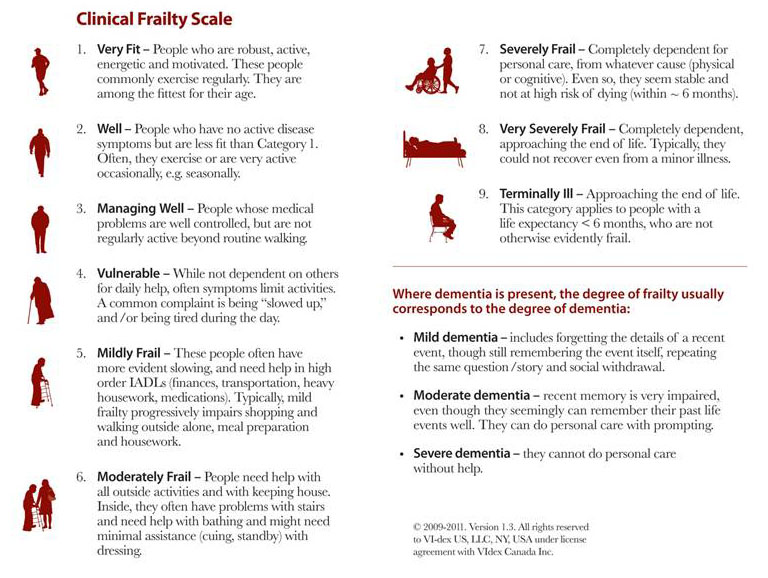Health Status
Multiple Chronic Conditions
One of the greatest challenges in health care today is dealing with the coexistence of multiple chronic conditions, which is called multiple comorbidities. An increase in the number of chronic conditions correlates with an increase in the number of inappropriate hospitalizations. Self-management, or taking care of your multiple chronic conditions, can be challenging because recommended activities for one condition may be made difficult because of another condition.
Chronic medical conditions include, but are not limited to, asthma, diabetes, cancer, chronic bronchitis, congestive heart disease, cirrhosis of the liver, depression, emphysema, hypertension and . Without effective treatment chronic conditions may lead to disability.
The incidence of chronic disease has increased as mortality rates have decreased. It is estimated that by 2030 half of the population of the USA will have one or more chronic conditions.
Chronic care is complex in nature because it extends over a prolonged period of time, requires input from a diverse set of health professionals, various medications and possibly monitoring equipment.
Advanced Chronic Conditions
As time passes, chronic conditions can worsen and become advanced chronic conditions. Patients can become seriously ill and may be at risk for a life-threatening clinical event because they have a serious life-limiting medical condition. This may include advanced frailty.
Examples of advanced chronic conditions include:
- Severe Heart Disease
- Metastatic Cancer or Malignant Brain Tumor
- Advanced Lung Disease
- Advanced Renal Disease
- Advanced Liver Disease
- Advanced Frailty
- Advanced Neurodegenerative Disease (e.g., Dementia, Parkinson’s Disease, ALS)
Patients with advanced chronic conditions coupled with frailty are at highest risk for recurrent hospitalizations, worsening frailty, diminished functional status in everyday life and ultimately, mortality. These individuals deserve to be offered the opportunity to learn about and complete a MOLST.
Frailty
Frailty is a common clinical syndrome in older adults that carries an increased risk for poor health outcomes including falls, disability, hospitalization, and mortality. It results from aging-associated decline in reserve and function across multiple physiologic systems such that the ability to cope with every day or acute stressors is comprised. A frail individual has a weak grip, low energy, low physical activity, walks slowly, and may have unintentional weight loss.
Frailty is a clinically recognizable state of increased vulnerability resulting from aging-associated decline in reserve and function across multiple physiologic systems such that the ability to cope with every day or acute stressors is compromised.
A frail person has trouble performing activities of daily living because of weakness or fatigue. Frail individuals are vulnerable to acute illness due to low activity level.
Frailty is a marker for worsening health status.
The Clinical Frailty Scale is used to help identify people in the five categories of people who have advanced chronic conditions and/or advanced frailty and should consider using MOLST:
- Patients whose physician, nurse practitioner, or physician assistant would not be surprised if they might die in the next year
- Patients who live in a nursing home or receive long-term care services at home or assisted living
- Patients who want to avoid (or receive) specific life-sustaining treatments today
- Patients who have a new diagnosis with a poor prognosis
- Patients who have had two or more unplanned hospital admissions in the last 12 months, typically coupled with increasing frailty, decreasing functionality, progressive weight loss or lack of social support
Healthy people are NOT appropriate for MOLST and should complete an advance directive and have a discussion with family and loved ones. Likewise, patients who have a chronic condition or multiple chronic conditions but have a long life expectancy are not appropriate for MOLST.
Patients who are receiving post-acute care in a skilled nursing facility may or may not be appropriate for MOLST. They should be screened to see if they fit any of the categories of patients who should consider MOLST.
It is critically important to understand health status and prognosis as part of preparing for a thoughtful MOLST discussion, and share as you begin a thoughtful MOLST discussion.

